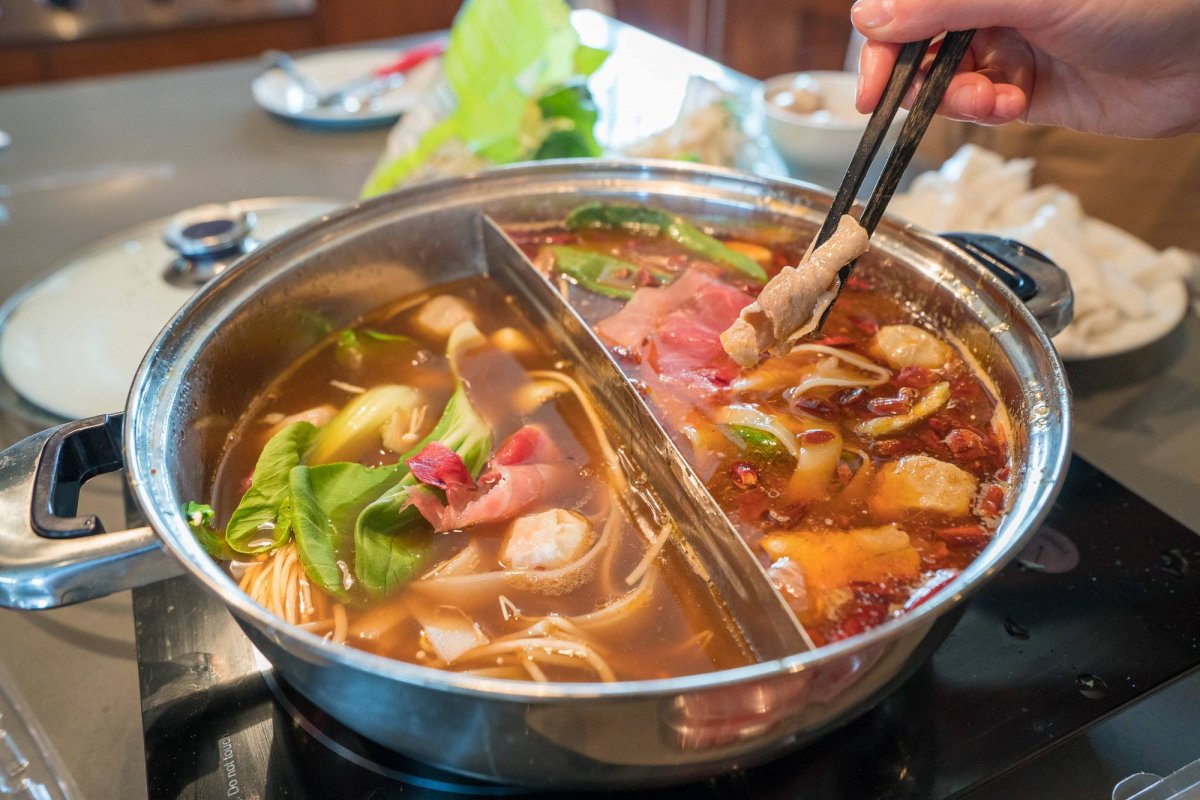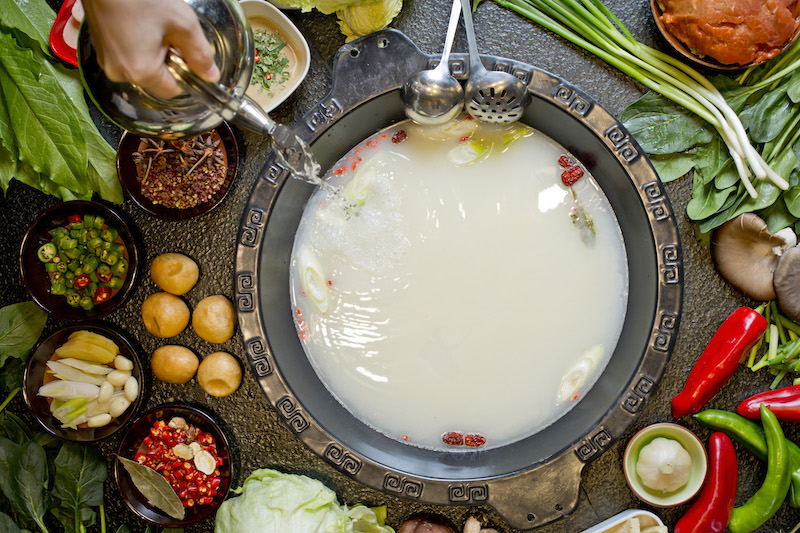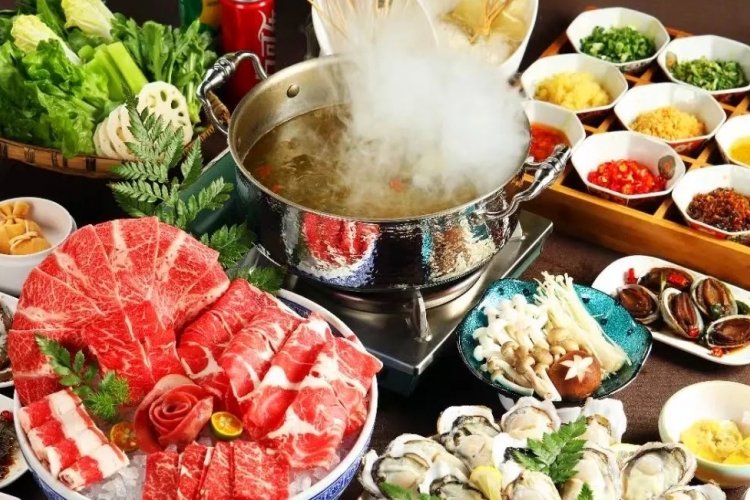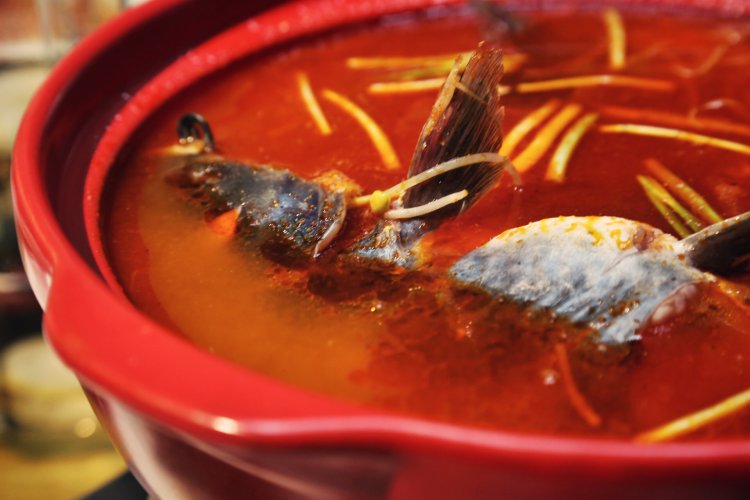Bring the Fire Inside: How to Make Hot Pot at Home
Now that you've acquired a taste for all things fiery thanks to the Beijinger's recent inaugural Hot & Spicy Fest, be sure to check out our ongoing chili related restaurant coverage and our latest Hot & Spicy themed magazine. Here is a feature from that spicy issue about making hot pot at home.
With a history that dates back a thousand years, hot pot has gone on to birth seemingly just as many variations, including Sichuan spicy hot pot, Cantonese hot pot, Hainan coconut hot pot, Mongolian hot pot, Guizhou sour and spicy hot pot, and even Japanese nabemono and Korean jeongol ... the list goes on. To make things increasingly complicated, every popular hot pot chain has its own tried and tested secret broth recipe, for which they would sooner guzzle unadulterated gutter oil than consider ever giving up, and no one wants to see that. Luckily, we’re seasoned in the ways of DIY hot pot and have the perfect recipe for when you want to pig out at home.
There are three parts to any good hot pot: the broth, the ingredients, and the sauce. The broth acts like the soul of the dish and often contains meat bones that have been cooked for hours alongside herbs and spices. You can buy the condensed broth at any supermarket or order them online to save the hassle, but if you decide to make your own and have plenty of time to kill, this will make a decent base:

Broth instructions
1. Boil a large pot of water, then add beef bones or chopped chicken, ginger slices, scallions, salt, and chopped garlic.
2. Heat up a wok, add oil, ginger, and garlic. Once nicely fried, add Sichuan peppercorns, dried red chilies, fennel, star anise, chili oil, a bay leaf, a stick of cinnamon, and cloves and stir-fry for about two minutes.
3. Add the stock from step 1 to the wok and heat until boiling. Your broth is now ready and can be transferred to a shallow pot on an electric plate so that you (and potentially your guests) can begin the long hot pot session.
Ingredients for dipping
Protein: Thinly shaved beef, pork, and lamb; fish fillet, meatballs, seafood, minced shrimp paste.
Bean products: Sponge tofu, frozen tofu, soft tofu, fried tofu.
Staples: Noodles, mung bean vermicelli, dumplings, wontons.
Vegetables: Chinese cabbage, lettuce, spinach, potato, sweet potato, lotus root, celeriac, broccoli.
Fungus: Mushrooms, needle mushrooms, mu’er.
Sauces
Even if you visited a hot pot restaurant, you would be expected to mix your own dipping sauces. Go authentic Chongqing-style with a can of sesame oil, chopped garlic, and chopped coriander or if you like a sesame (majiang) base, simply mix vinegar, sesame paste (or peanut butter), chili powder, chili oil, salt, and chopped green onion. Add fermented tofu, oyster sauce, minced peanuts, green peppers, and bird’s-eye chilies for optional oomph.
Delivery
Finally, if you’re just too damn lazy to be running around trying to track down a steel pot, ingredients, and spices, you can always beckon Haidilao, the perennially popular hot pot chain via any one of Beijing’s delivery platforms. Not only will they deliver the hot pot, broth, ingredients, dipping sauces, and even trash bags, they’ll come back and pick it all up once you’re incapacitated. Could there be anything more comforting?
More stories by this author here.
Email: tracywang@thebeijinger.com
Twitter: @flyingfigure
Instagram: @flyingfigure
Photos: recipler, Uni You








